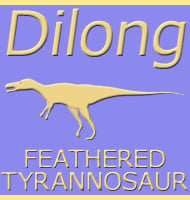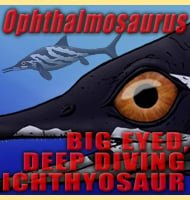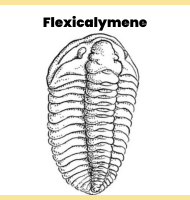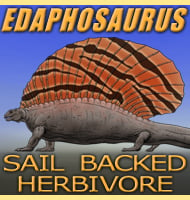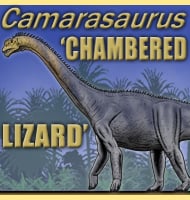In Depth
Initially described as a species of Plesiosaurus back in 1910, Meyerasaurus has spent a lot of time being shunted around from one genus to another before it was given its own place. First the remains were moved from Plesiosaurus to Thaumatosaurus. Then a long necked pliosaur called Rhomaleosaurus was suggested to be a synonym to Thaumatosaurus, but the problem here is that Thaumatosaurus was described upon only partial remains. As such Thaumatosaurus eventually became regarded as a numen dubium (dubious name) because the holotype (original and identifying) remains could not really be used to identify any further discoveries. This resulted in material that was referred to Thaumatosaurus being placed within the Rhomaleosaurus genus as new species, while Thaumatosaurus has since become a disused taxon. A later review of all material assigned to Rhomaleosaurus resulted in some of the later referred material being moved over to Eurycleidus as well as creating Meyerasaurus. The origin of this name is in honour of Christian von Meyer who originally created the name Thaumatosaurus.
Meyerasaurus was a long necked pliosaur, a marine reptile that seems to be intermediate in form from the long necked plesiosaurs of the early Jurassic and the short necked pliosaurs that radiated out from them. Meyerasaurus itself would have been a hunter of fish and possibly cephalopods (squid, etc.) and would have used the sharp teeth in its jaws to snare prey, while probably swallowing it whole, due to the fact that the teeth were not suited for tearing flesh. Meyerasaurus itself would have been at risk from early shorter necked pliosaurs that were evolving to hunt and kill other marine reptiles.
Further Reading
– A new genus of pliosaur (Reptilia: Sauropterygia) from the Lower Jurassic of Holzmaden, Germany. – Palaeontology 53(5):1049-1063. – A. S. Smith & P. Vincent – 2010.




